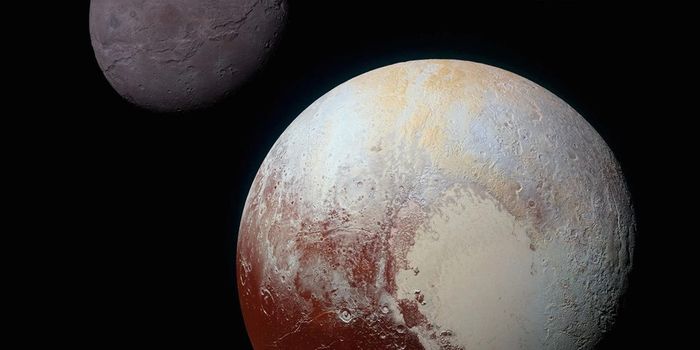5 Things You Didn't Know About Earth
Happy Earth Day! Although we should take action every day to appreciate our home, planet Earth, today it gets a little extra love and we wanted to spread the love by sharing a few fun, yet curious facts about Earth.
We don't know how Earth got its name
All though many planets in our solar system are either named by their founder and are of Roman or Greek origin, planet Earth is actually of Old English and Germanic origin, meaning "ground". In addition, there is no real historical data on where the name came from and the name is estimated to be at least 1,000 years old.
The inner core is roughly the size of California (north to south)
At 759 miles wide, Earth's inner core is made of iron and nickel and recent studies have found it's as hot as the surface of the sun. Beyond the inner core, lies the outer core, which contributes to Earth's magnetic field, then the mantle, and finally the continental crust, which is approximated to be 19 miles thick. This is versus the oceanic crust which is actually much thinner, at about 3 miles thick, and much denser.
Earth's atmosphere doesn't just protect us from harmful rays
The middle layer of the atmosphere, known as the mesosphere, works hard at protecting us from meteors. This layer breaks up meteors due to the mixed gases contained within it. These gases cause friction and create heat, which in turn protects us from meteors reaching Earth's surface.
Earth is the only planet with plate tectonics
Plate tectonics is a scientific theory about 7 large plates and many other small plates making up the Earth's crust. As far as we know, Earth is the only planet with this feature. The action of the plate tectonics allows for carbon recycling, so we don't suffer a runaway greenhouse effect and overheating.
It doesn't take Earth 24 hours to rotate on its axis
As it turns out, it only takes the Earth to rotate on its axis 23 hours, 56 minutes, and 4 seconds, known as a Sidereal Day. What is also taken into account, though is the movement of the Sun compared to its background stars by about 1 degree. This movement is taken into account when calculating the Solar Day, which is 24 hours.
Sources: History, National Geographic, BBC, Universe Today, Moon Lamp









